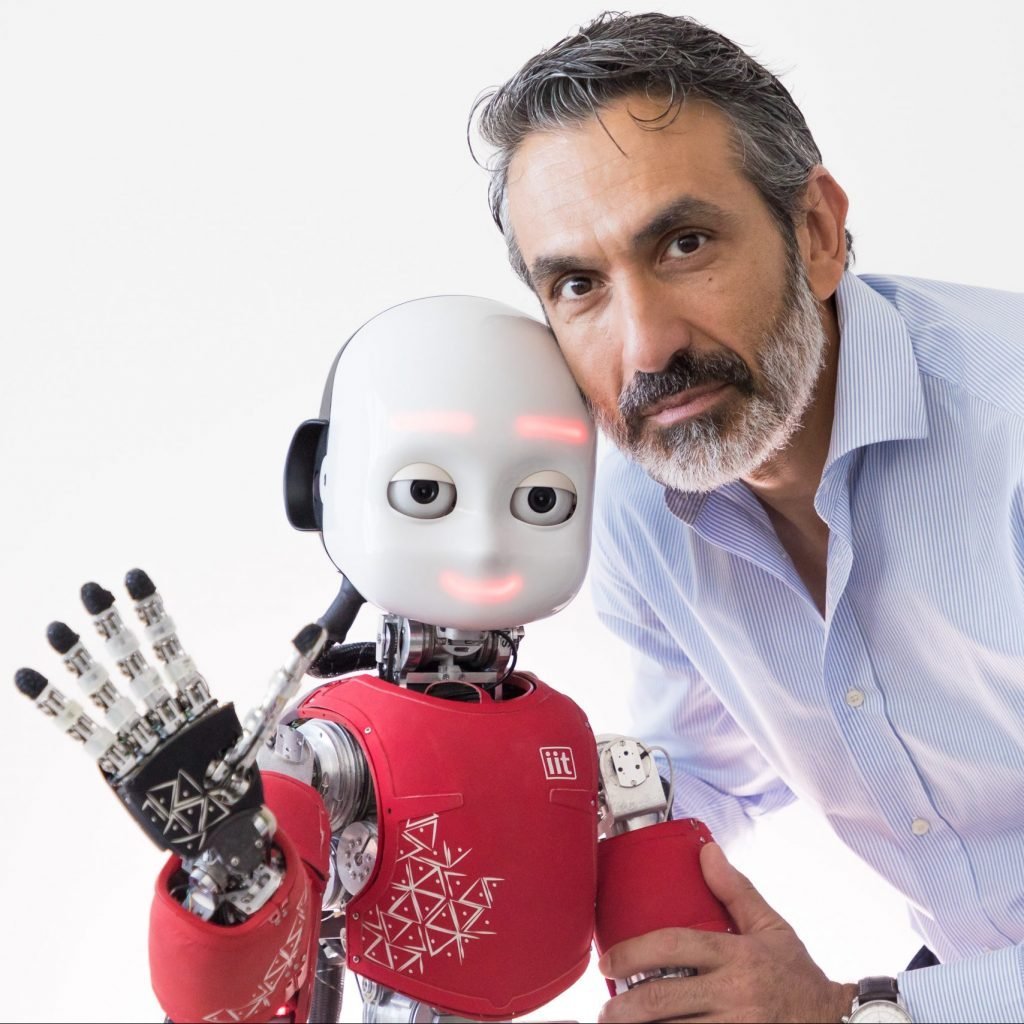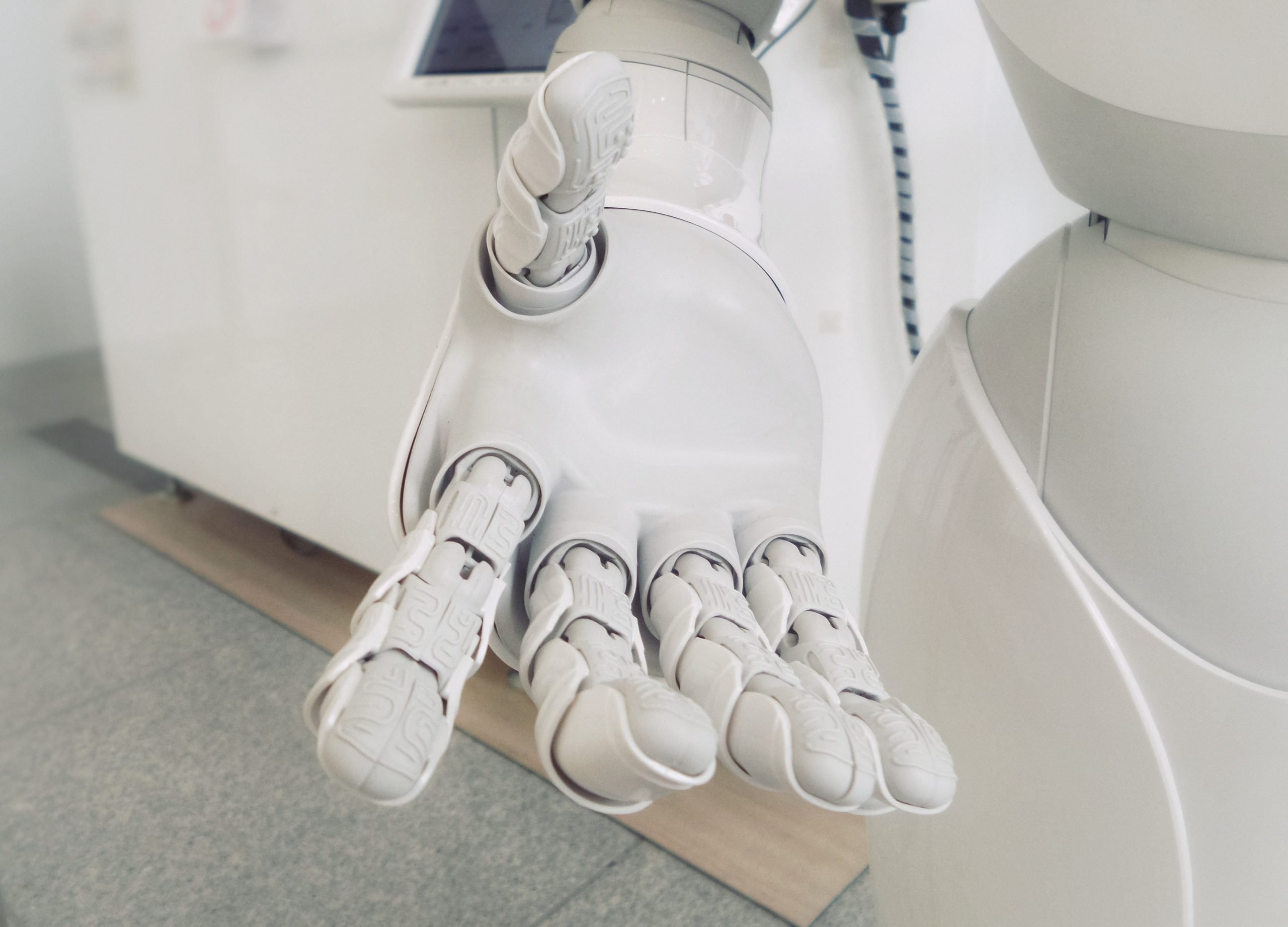Robotics is widely used in our everyday life, it became a norm to rely on robotics help in various domains as:
- healthcare
- art
- industrial work
- household
- entertainment
- transportation
and many more.
Robots are among us to help and replace humans in dangerous jobs and industrial workplaces. A significant number of tasks requiring physical force can be replaced using robotics that is tireless, fearless, and extremely effective. Implementation of the Machine increases speed and production, protects humans from a hazardous environment and avoids excessive use of physical strength while assembling heavy parts at industrial work. Today Robots effectively replace humans to perform a task in repetition such as brand-label wrapping.
In Healthcare, during the COVID-19 epidemic, more attention was brought to the use of Robotics, as Robotic technologies and artificial intelligence offer a variety of effective solutions in combating the pandemic. With highly contagious pathogens (such as the current SARS–CoV–2), it is crucial to reduce the time of direct contact with patients to protect and save lives of medical personal by limiting the risk of further infections. Robots can deliver medicines, blood tests, and food, and help with hospital logistics in general. At the same time, robotic technologies are assisting with monitoring vital signs in the ICU, and can also disinfect hospital wards autonomously.
Fully or semi-automated cars take more and more on the vehicle market. Today, while ordering a new car from the production line it is up to the client to choose how automated should be his car, should it park itself? Should it drive itself? These automobiles become more and more efficient and danger-free. Self-driving robots could be seen almost at any European airport in the form of the train or bus that connects different terminals
In households, humans more and more rely on robots: they vacuum clean for us, they cut, they cook and we humans enjoy.
Experts:

He was member of the board of directors of euRobotics aisbl, the European reference organization for robotics research. Giorgio Metta served as Vice Scientific Director of IIT from 2016 to 2019. He coordinated IIT's participation into two of the Ministry of Economic Development Competence Centers for Industry 4.0 (ARTES4.0, START4.0).
He was one of the three Italian representatives at the 2018 G7 forum on Artificial Intelligence and, more recently, one of the authors of the Italian Strategic Agenda on AI.
Giorgio coordinated the development of the iCub robot for more than a decade making it de facto the reference platform for research in embodied AI. Currently, there are more than 40 robots reaching laboratories as far as Japan, China, Singapore, Germany, Spain, UK and the United States. Giorgio Metta research activities are in the fields of biologically motivated and humanoid robotics and, in particular, in developing humanoid robots that can adapt and learn from experience.
Giorgio Metta is author of more than 300 scientific publications. He has been working as principal investigator and research scientist in about a dozen international research as well as industrial projects.

Social AI & Robotics Lab (SAIR) research focuses on computer vision and machine learning for artificial intelligence and human-machine interaction. In particular, we are interested in learning multimodal representations of human behaviour and environment from data and integrating such models into the perception, learning and control of real-world systems such as robots. Key application areas include but not limited to autonomous systems, intelligent interfaces and assistive technologies in healthcare, education, public and personal spaces; indeed, any area that demands human-machine interaction.

